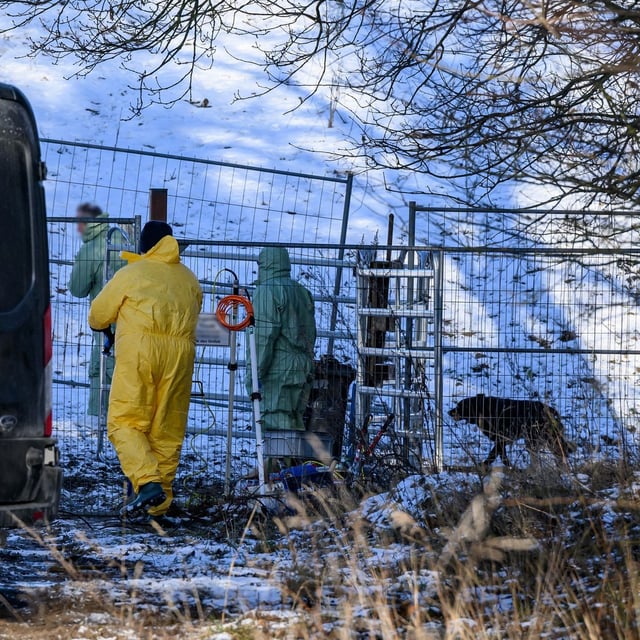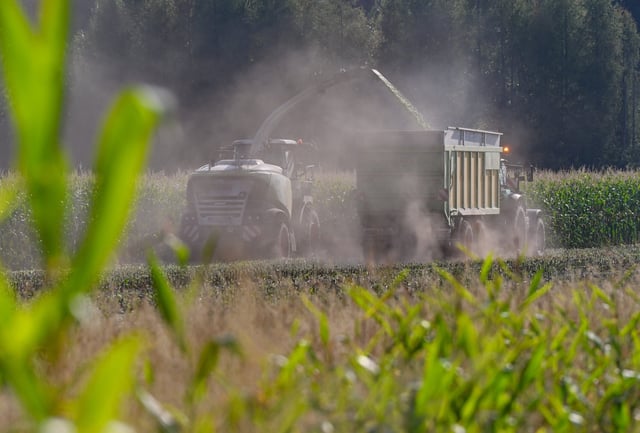Overview
- The outbreak was detected on January 10 in a water buffalo herd in Hönow, Brandenburg, marking the first case of foot-and-mouth disease in Germany since 1988.
- No additional cases have been confirmed since the initial outbreak, but authorities remain cautious as the virus can stay infectious for extended periods in the environment.
- Transport restrictions for susceptible animals, including cattle, sheep, and goats, remain in place in Berlin, while Brandenburg has lifted its ban but maintains a surveillance zone.
- The outbreak has led to significant economic impacts, including export bans on animal products to countries such as the USA, Canada, and China, affecting industries like dairy and baby formula production.
- Authorities in Brandenburg and other regions have implemented crisis management measures, with ongoing monitoring, regional export certification proposals, and discussions on financial aid for affected farmers.


